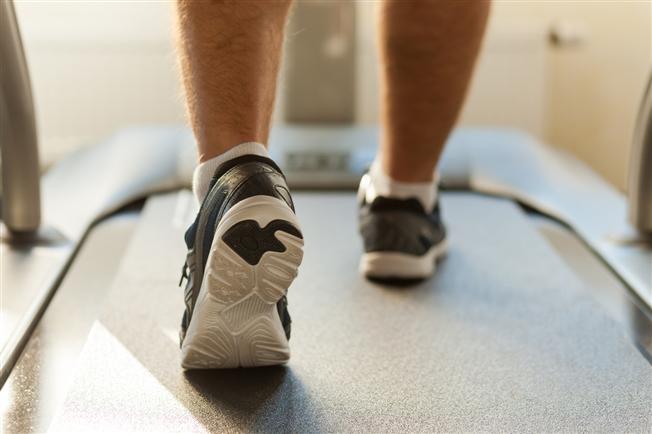Returning to exercise after a stroke

For stroke patients, recovery often involves more than just physical components like re-learning how to walk or how to use a wheelchair for the first time. Stroke rehabilitation programs also enable stroke survivors to recover cognitive and social skills, such as memory, problem solving, and interacting with others.
While therapists use a number of different techniques to advance a patient’s physical, cognitive and social abilities after a stroke, there is one technique that can help improve them all: exercise.
Research suggests that exercise as part of a stroke rehabilitation program can reduce disability following a stroke, reduce the likelihood of a second stroke, and improve depression, memory, cognitive function and quality of life for stroke patients.
“Exercise is one of the best things you can do for your body following a stroke, and it’s something that we encourage our patients to do even after they’ve completed their stroke rehabilitation with us,” says Mark DeWane, DPT, physical therapist at Bryn Mawr Rehab Hospital, part of Main Line Health.
Although you can safely transition your exercise routine from rehab to home, DeWane urges stroke patients and patient caregivers to remember that post-rehab routines aren’t one-size-fits-all.
“Every stroke is so different. Even a similar stroke can present differently in two different people,” he says. “For this reason, it’s important to have your physician’s approval before starting any routine.”
Each exercise routine should be designed with a patient’s interests, safety and physical fitness level in mind. However, DeWane says simple activities deemed safe by your physician and therapist like walking on a treadmill or riding a recumbent bike or recumbent stepping machine on most days of the week are often good for stroke recovery patients.
Because regaining muscle loss is an important factor for many patients recovering from stroke, an exercise routine may also include some strength training, whether it's in the form of weight training machines, light free weights, or exercise bands. Regardless of which method you choose, DeWane says a strength training program should be developed in conjunction with a professional who understands a stroke diagnosis.
“If you’re looking to incorporate muscle and strength training, it’s best to seek advice from your physical therapist who has some knowledge of working with patients who are recovering from stroke,” he says. “If you do choose to use a trainer at a traditional gym, make sure you have a caregiver there and the trainer is aware of any sensitivity and safety issues that may limit your weight training abilities.”
Regardless of whether you choose to jump right in with an aerobic and weight training routine, or start slowly with daily walks and transition into something more intense, the fact remains that exercise is a key part of stroke recovery—both during rehabilitation and after returning home.
If you have questions about an exercise program and what’s right for you, talk to your physician.
Stroke rehabilitation services
Many stroke patients require rehabilitation after receiving acute stroke care. The most rapid improvement in stroke recovery usually occurs in the first few months after the stroke and the stroke treatment and therapy plans we develop help patients immediately build upon their strengths and learn to compensate for any limitations.
Bryn Mawr Rehab excels in complex stroke treatment and cares for more than 600 stroke patients each year, using traditional and non-traditional modalities to support our stroke patients in their recovery.
 Content you want, delivered to your inbox
Content you want, delivered to your inbox
Want to get the latest health and wellness articles delivered right to your inbox?
Subscribe to the Well Ahead Newsletter.
